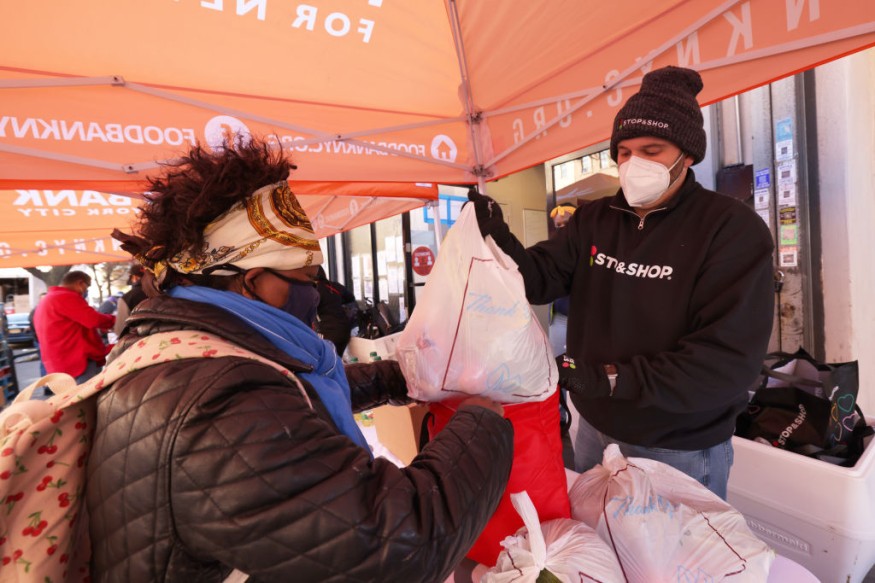Amid the nation's widespread food insecurity issue caused by the pandemic, families turn to food assistance programs to survive.
The Covid-19 pandemic undoubtedly had a profound impact on people's everyday life. This is particularly evident in terms of the food system. According to Noozhawk, Santa Barbara County is one of the places that currently experiences an increase in demand for food assistance programs.
The Food Bank
According to the Santa Barbara County Food Bank, the rise in food assistance demands are seen everywhere. Additionally, according to Food Bank's Marketing Communications Manager, Judith Smith-Meyer, it has risen to 250% of the average rate since the pandemic hit.
The organization served 142,000 people from April 1 to June 30, compared to 42,000 last year.

In the past 7½ months, the organization has distributed about 14 million pounds of food. In a typical year, they would have distributed nearly 10 million pounds.
Reports reveal that the most significant percentage increase was in Carpinteria at about 300%.
The Food Bank acknowledges that many families are currently struggling to feed themselves, and they aim to remove the barriers of participation during this time of increased need.
They explained that they do not want people to feel uncomfortable providing their information, nor do they want them feeling awkward to ask for food.

For the first time, Food Bank reported to have made more than 41,000 home deliveries. These were for senior citizens and individuals with severe medical conditions that prevent them from being able to get food on their own.
Additionally, Food Bank collaborated with hundreds of partners to provide community members with food.
In many ways, Smith-Meyer describes Food Bank as a wholesale food source, and organizations that receive food from it are like retailers.
At the onset of the pandemic, the Food Bank worked closely with the county's main telephone line for COVID-19 resources, 2.1.1, to get home delivery information of free food to those in need.
Furthermore, the Food Bank works with other organizations to deliver food and other resources to members of the community.
As a result, healthy community pantries and other outreach programs have access to health education resources and services.
Other Food Assistance Programs
Aside from the Food Bank, the USDA also provides extensive assistance to state agencies to aid eligible program participants. These programs include the SNAP or Supplemental Nutrition Assistance Program, which provides nutrition benefits to supplement the food budget of needy families.
On the other hand, WIC or Special Supplemental Nutrition Program for Women, Infants, and Children give health care referrals, federal grants for supplemental foods, and nutrition education for pregnant, breastfeeding, and non-breastfeeding postpartum women.
In addition, they also provide help to infants and children up to age five years old who are with nutritional risk.
The government also has the National School Lunch Program. This is an assisted meal program operating in public, nonprofit private schools and residential child care institutions. The program ensures that children receive nutritionally balanced, low-cost, or free lunches each school day.
In addition, the School Breakfast Program allows reimbursements to states so they can operate nonprofit breakfast programs in residential childcare institutions and schools.
Related article : Huge Demand For Food Delivery Sparks Chaos Few Weeks Before Christmas
© copyright 2024 Food World News, a property of HNGN Inc. All rights reserved. Use of this website constitutes acceptance of our terms and conditions of use and privacy policy.









